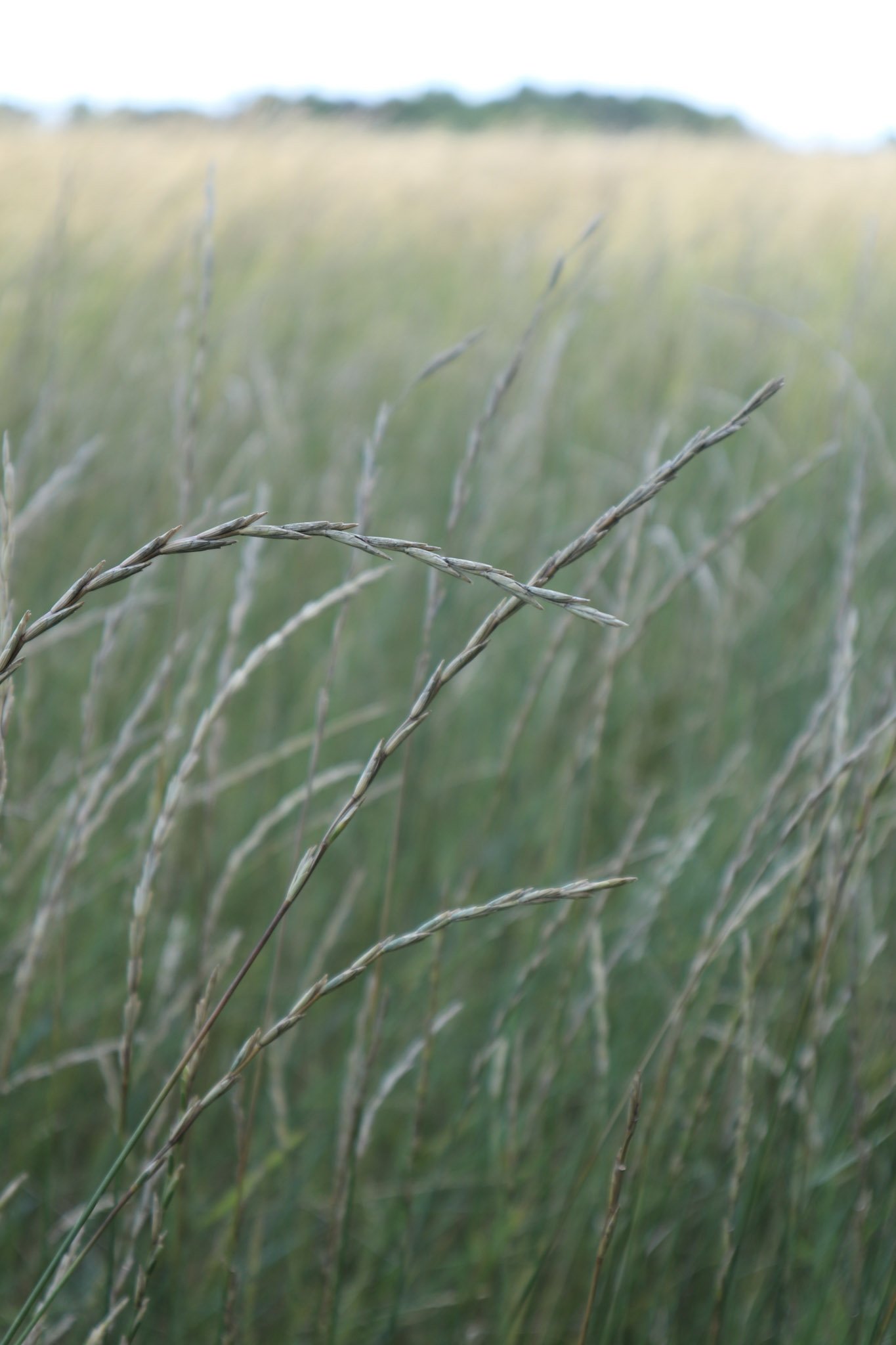
Kernza® Development
-
Minnesota Department of Agriculture
University of Minnesota - Agronomy
University of Minnesota - Regional Sustainable Development Partnership
University of Minnesota - Applied Economics
-
-
Local Farmers
Kernza® Supply Chain Partners
Researchers
Consumers
-
2018 - Present
-
Kernza® Drinking Water Protection Map
Dakota County Kernza® Cost Share
UMN Kernza® Grower Cost and Revenue Calculator
-
Contact our Conservation Program Coordinator, Tessa Parks.
Kernza® is a new domesticated perennial grain introduced by the Land Institute and is now being developed for commercial use in Minnesota. It originates from a forage grass called intermediate wheatgrass (Thinopyrum intermedium) and is a relative of wheat. In 2019, the University of Minnesota released its first named Kernza® variety: MN-Clearwater.
As a close relative of wheat, Kernza® has application opportunities in the food industry. It contains a higher protein and dietary fiber content compared to wheat. Besides the potential for food applications, Kernza® also provides environmental benefits. According to University of Minnesota Researchers, its deep roots can protect soil from erosion, improve soil health, and reduce nitrogen leaching, protecting water resources from runoff and water pollution (Agricultural Utilization Research Institute-see AURI report below).
Clean River Partners has partnered with several organizations, including the University of Minnesota, Perennial Pantry, the Forever Green Initiative, the Minnesota Department of Agriculture, and many others, to foster the implementation of Kernza® at farms and businesses throughout the Cannon River Watershed.
IMPACTS
By connecting farmers with perennial and alternative cropping practices, we can increase continuous living cover on the land and support the transition from an annual agricultural model to a perennial one.
Collaborating with community partners to experiment with Kernza and other perennial crops in food and drink products, such as flour, crackers, noodles, cereals, beer, and bread, can help sequester carbon in farm fields.
OUTCOMES
Two farms were used in a 3-year research project to measure Kernza®'s profitability as a dual-use grain.
Kernza® that was grazed produced more than 6,500 pounds of forage and 345 pounds of grain per acre.
Kernza®, when used for grazing, can be twice as profitable as corn or soybeans.
Assisted in the formation of Perennial Promise Growers Cooperative
According to a consumer survey, Kernza® can command a premium price above organic grain.
We organized and held two partner meetings that were attended by representatives from all across the state.
We have organized three Kernza® farm events and more than 170 people have attended them.
A local catering company has recently added Kernza®-based dishes to their menu offerings.
A local manufacturer of packaged products has a strong and established presence in the market.
A local brewer has crafted two distinct types of beer using Kernza®.
WHAT’S NEXT
A second 3-year research project for dual use of Kernza® began in 2023.
